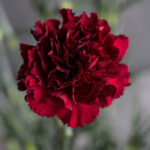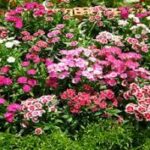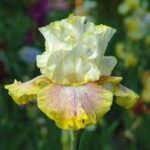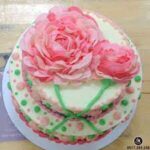Welcome to our website dedicated to exploring the different types of pots and planting materials used in bonsai cultivation. Join us on a journey of aesthetic appreciation and horticultural expertise as we delve into the world of bonsai containers and planting materials, uncovering their role in enhancing the beauty and health of these living works of art. Discover how to choose the right pots and planting materials for your bonsai trees.
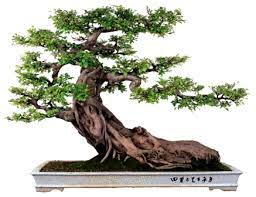
Types of Bonsai Pots:
Bonsai pots come in various shapes, sizes, and materials, each with its own unique characteristics and benefits. Our website offers insights into the following types of bonsai pots:
- Ceramic Pots:
Ceramic pots are the most common and traditional choice for bonsai. They come in a wide range of styles, colors, and finishes, allowing for versatility and customization. Ceramic pots provide good drainage, durability, and aesthetic appeal, complementing the overall presentation of the bonsai tree. - Plastic Pots:
Plastic pots are lightweight, affordable, and provide excellent drainage. They are a practical choice for beginners or when frequent repotting is required. Plastic pots are available in various sizes and colors, making them suitable for different bonsai styles. - Mica Pots:
Mica pots are made from a composite material that is lightweight, durable, and provides excellent insulation for the roots. They resemble traditional ceramic pots but are more resistant to cracking and weathering. Mica pots are ideal for outdoor bonsai trees. - Wooden Containers:
Wooden containers, such as those made from cedar or oak, add a natural and rustic touch to the bonsai display. They offer good insulation and breathability for the roots, contributing to a healthy root system. Wooden containers are often used for specific bonsai styles, such as literati or bunjin.
Planting Materials for Bonsai:
In addition to the pots, selecting the right planting materials is crucial for the health and growth of bonsai trees. Our website explores the following planting materials:
- Bonsai Soil Mix:
Bonsai soil mix should provide adequate drainage, moisture retention, and nutrient availability. It is typically a blend of different particle sizes, such as akadama, pumice, and lava rock, to ensure proper aeration and root development. Our website provides insights into creating or selecting the right bonsai soil mix for different tree species and growth stages. - Organic Amendments:
Organic amendments, such as sphagnum moss, peat moss, or compost, can be added to the soil mix to improve moisture retention and nutrient content. These materials contribute to the overall health and vitality of the bonsai tree. - Akadama:
Akadama is a popular component of bonsai soil mixes. It is a type of clay soil from Japan that retains moisture while allowing for excellent drainage. Akadama promotes strong root growth and provides essential minerals for the bonsai tree. - Gravel, Sand, or Grit:
Gravel, sand, or grit can be used as a top dressing or as a component of the bonsai soil mix. These materials improve drainage, prevent soil compaction, and add visual appeal to the bonsai composition.
Choosing the right combination of pots and planting materials is essential to ensure the proper growth, health, and aesthetic appeal of your bonsai trees.
Join the Celebration of Bonsai Containers and Planting Materials:
Are you ready to enhance the beauty and health of your bonsai trees with the perfect pots and planting materials? Our website is your guide to uncovering the world of bonsai containers and planting materials, offering insights and considerations for choosing the ideal components for your miniature masterpieces.
Start exploring our website now and unlock the secrets of bonsai pots and planting materials. Let’s celebrate the craftsmanship, aesthetics, and horticultural expertise that go into creating captivating displays for bonsai trees. Together, let’s embark on a journey of exploration, appreciation, and admiration for the captivating world of bonsai containers and planting materials.
